A natural way of defining a qubit is by using the position of a single excess electron in a double dot system. This is called a charge qubit as the two levels are defined by the charge states of the two quantum dots. It is usually assumed that only the two lowest orbital levels of the double well system are occupied by the electron. This usually requires the temperature to be much lower than the excitation energy to the next higher orbital. Deformations of the potential are also assumed to be adiabatic to avoid excitations.
The Hamiltonian of the system can be controlled by bias electrodes controlling the on-site potentials of the dots (effectively in the computational basis), and an electrode which controls the electron tunneling rate between dots (effectively ). A quantum point contact (QPC) or single electron transitor (SET) can be used to perform projective measurements, localising the charge to one of the dots.
Two-qubit interactions may be via the coulomb potential, using the dipole-dipole interaction to induce a coupling. A controllable two-qubit interaction may be achieved using auxiliary dots.
{{stub}}
[[Category:Quantum Dots]]
